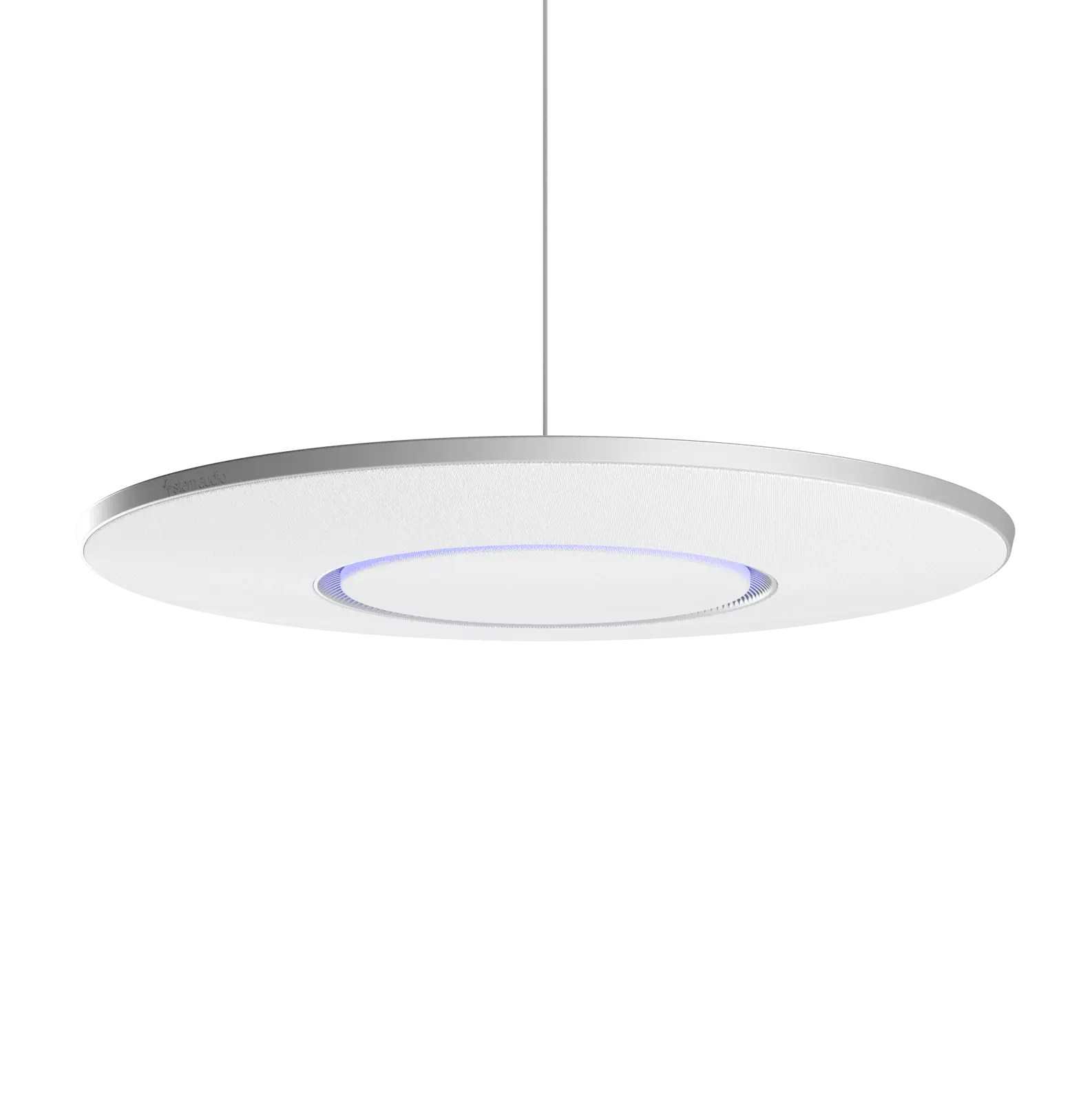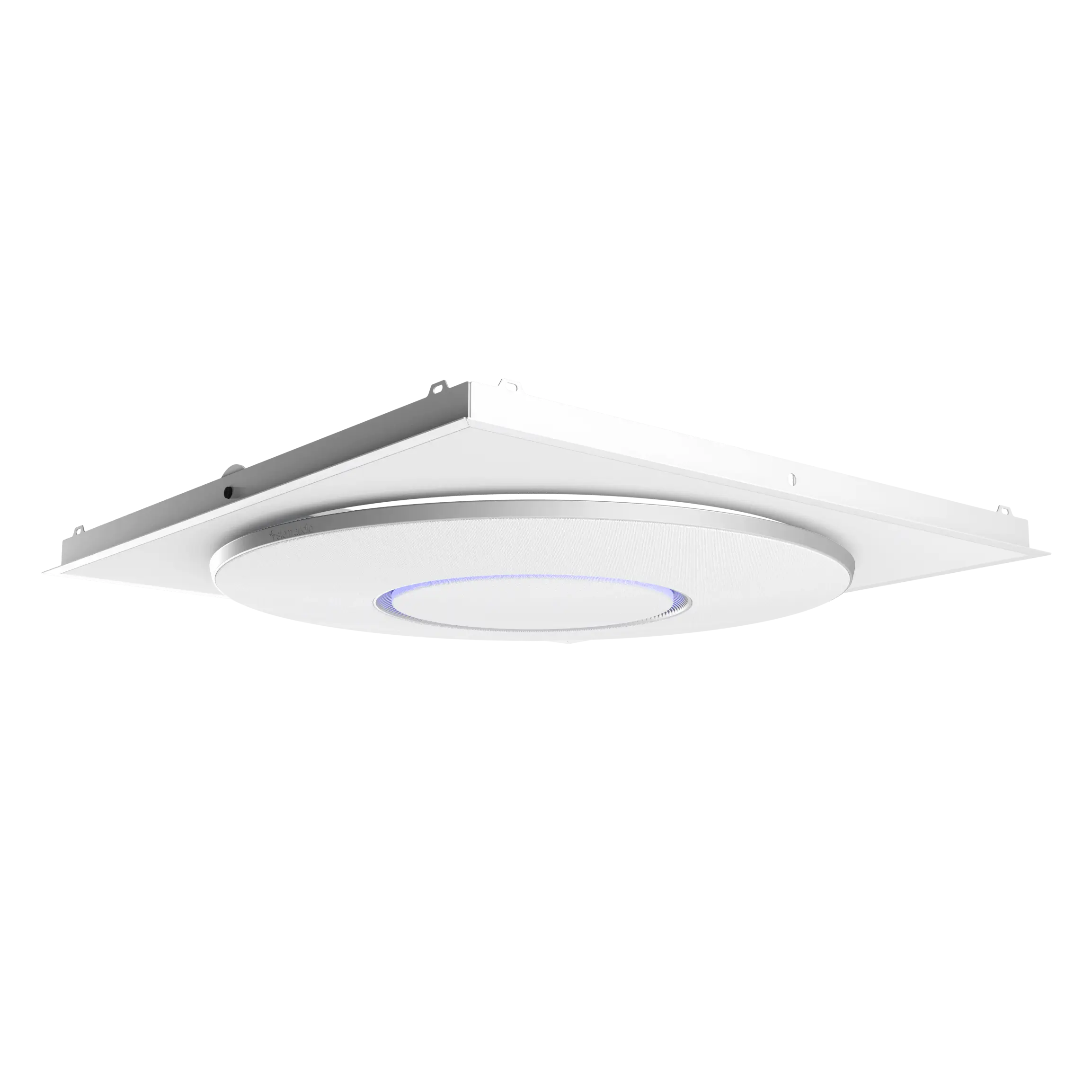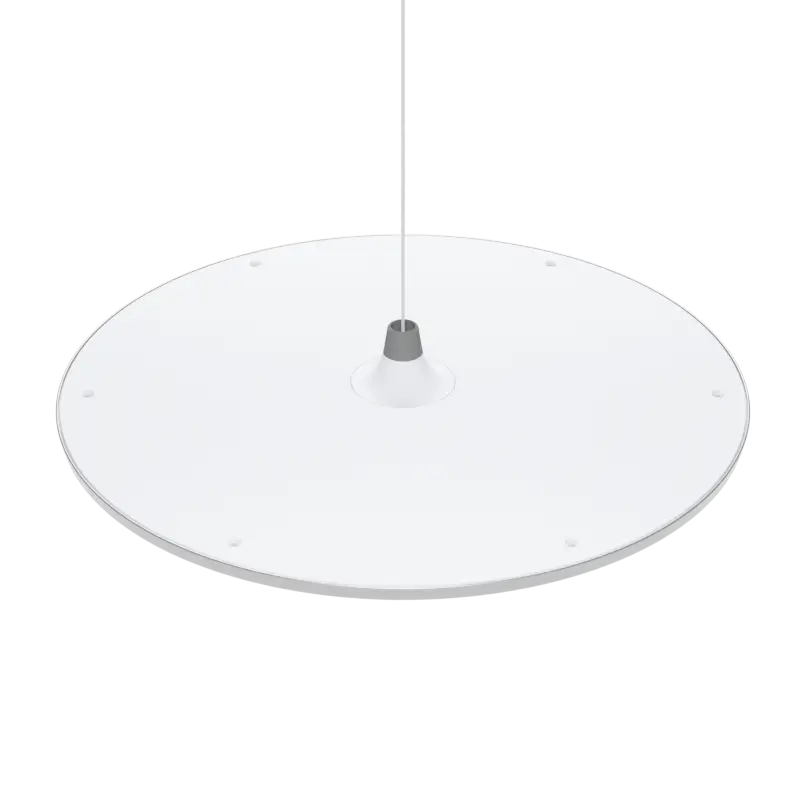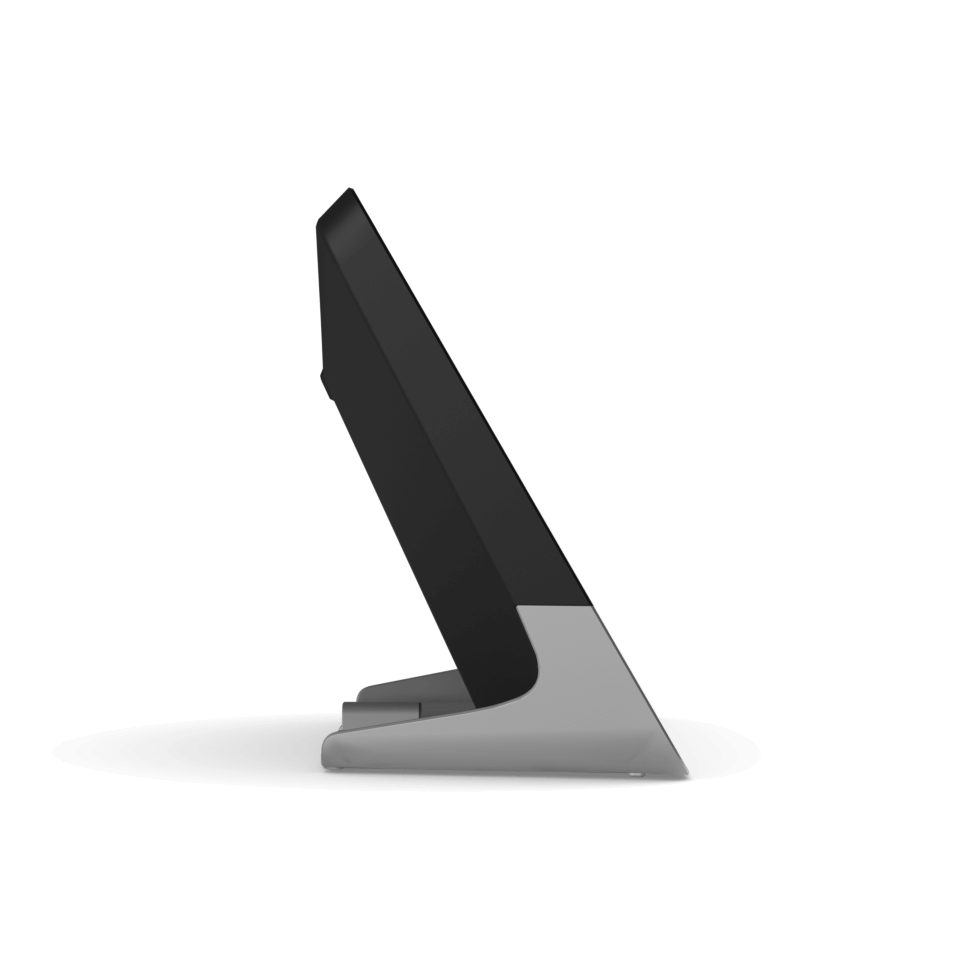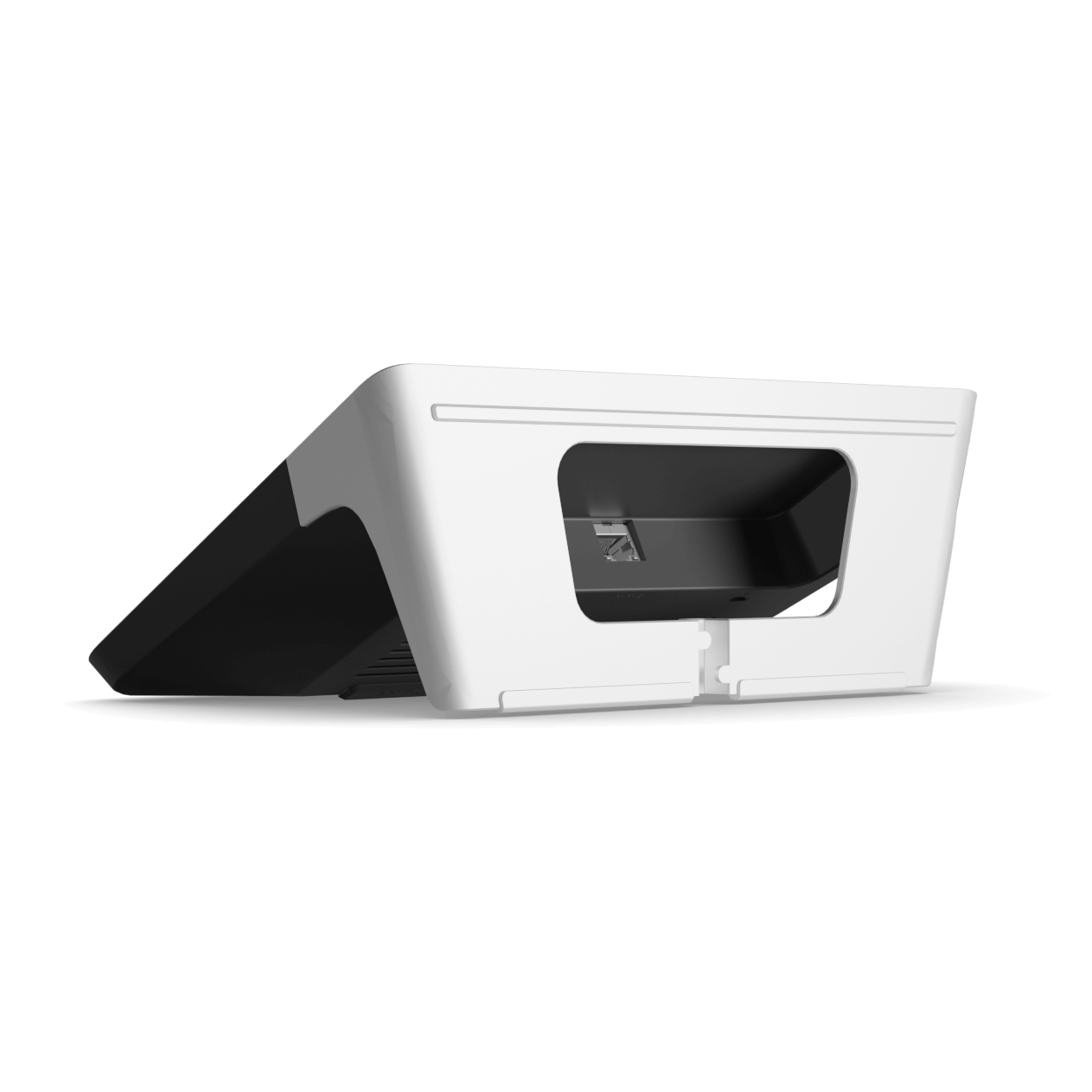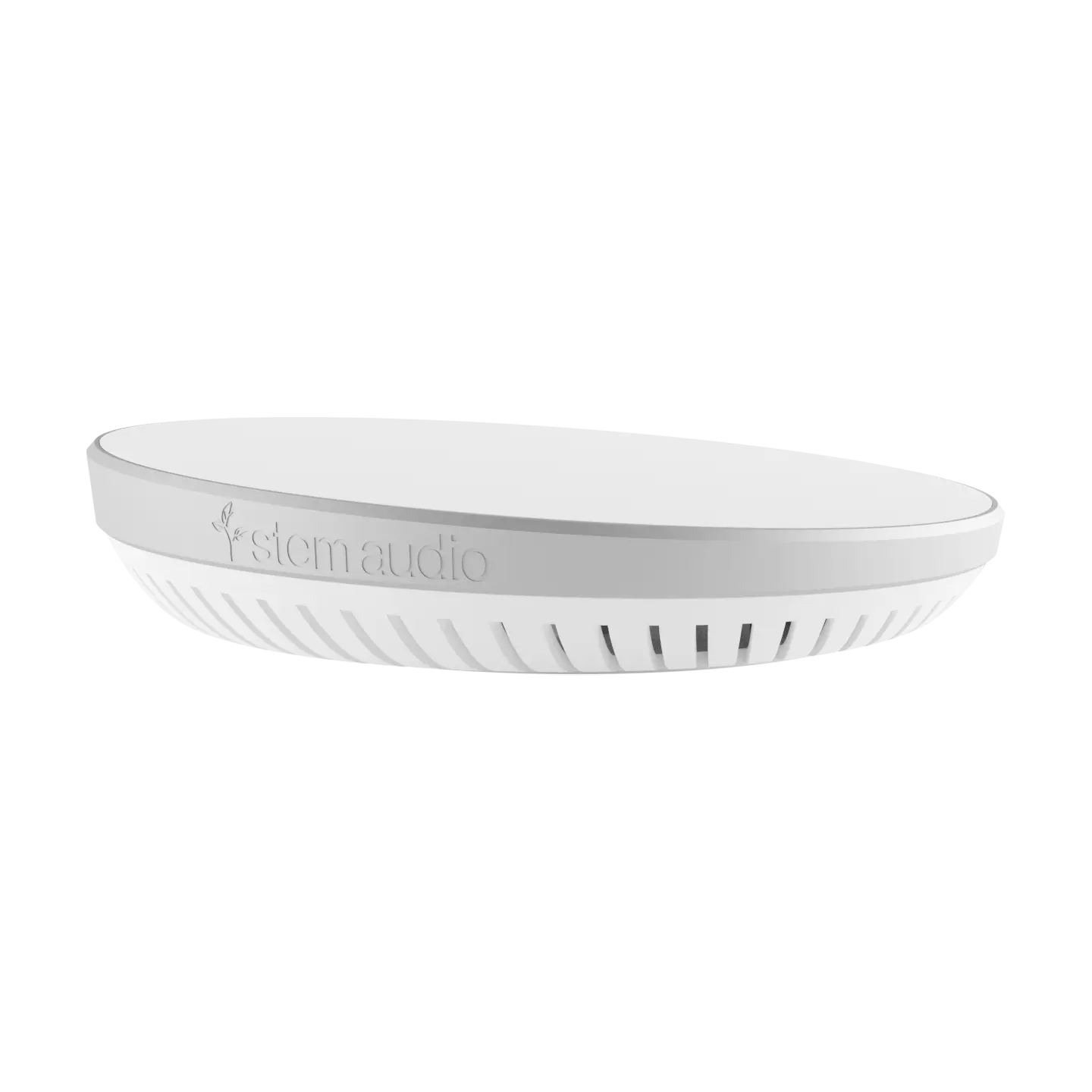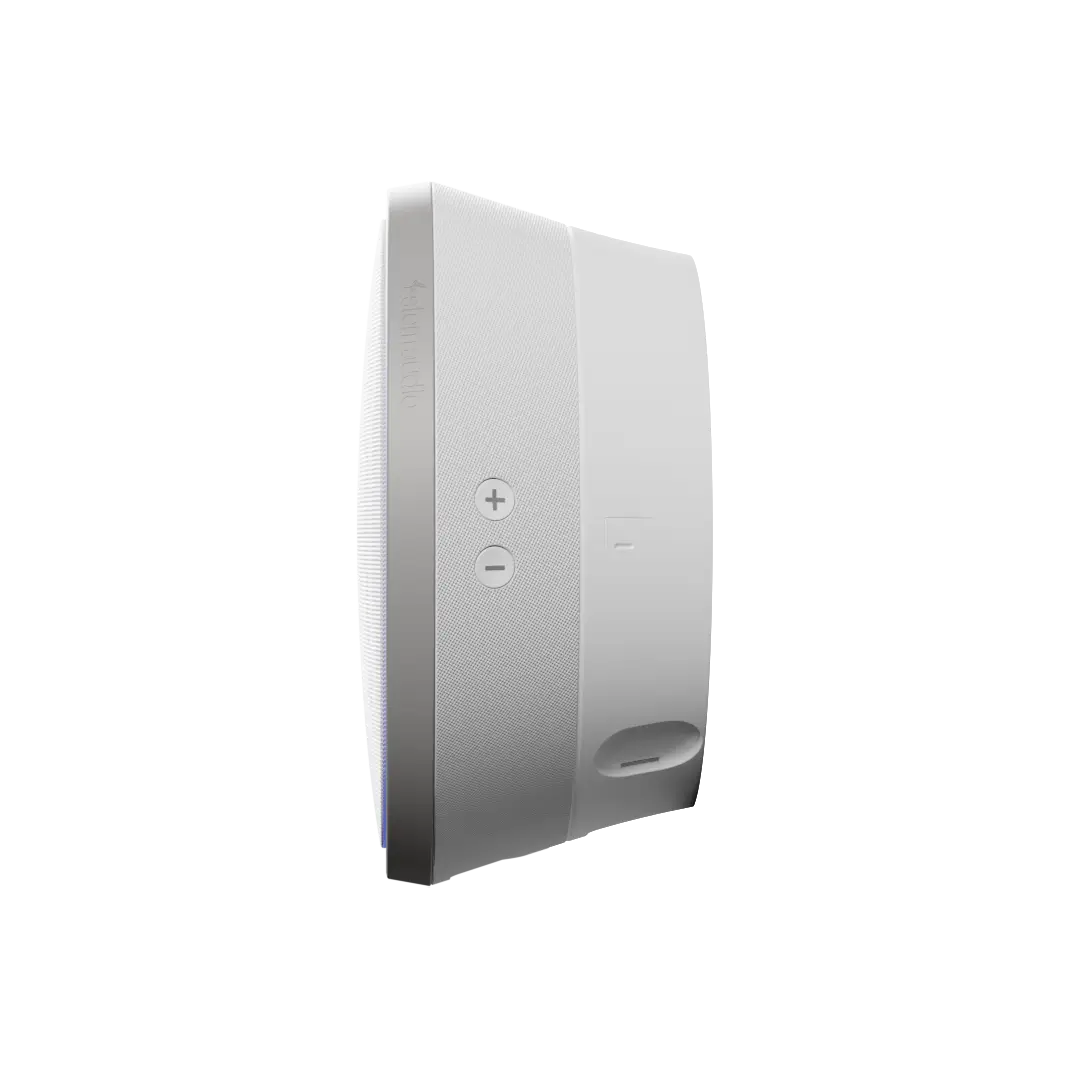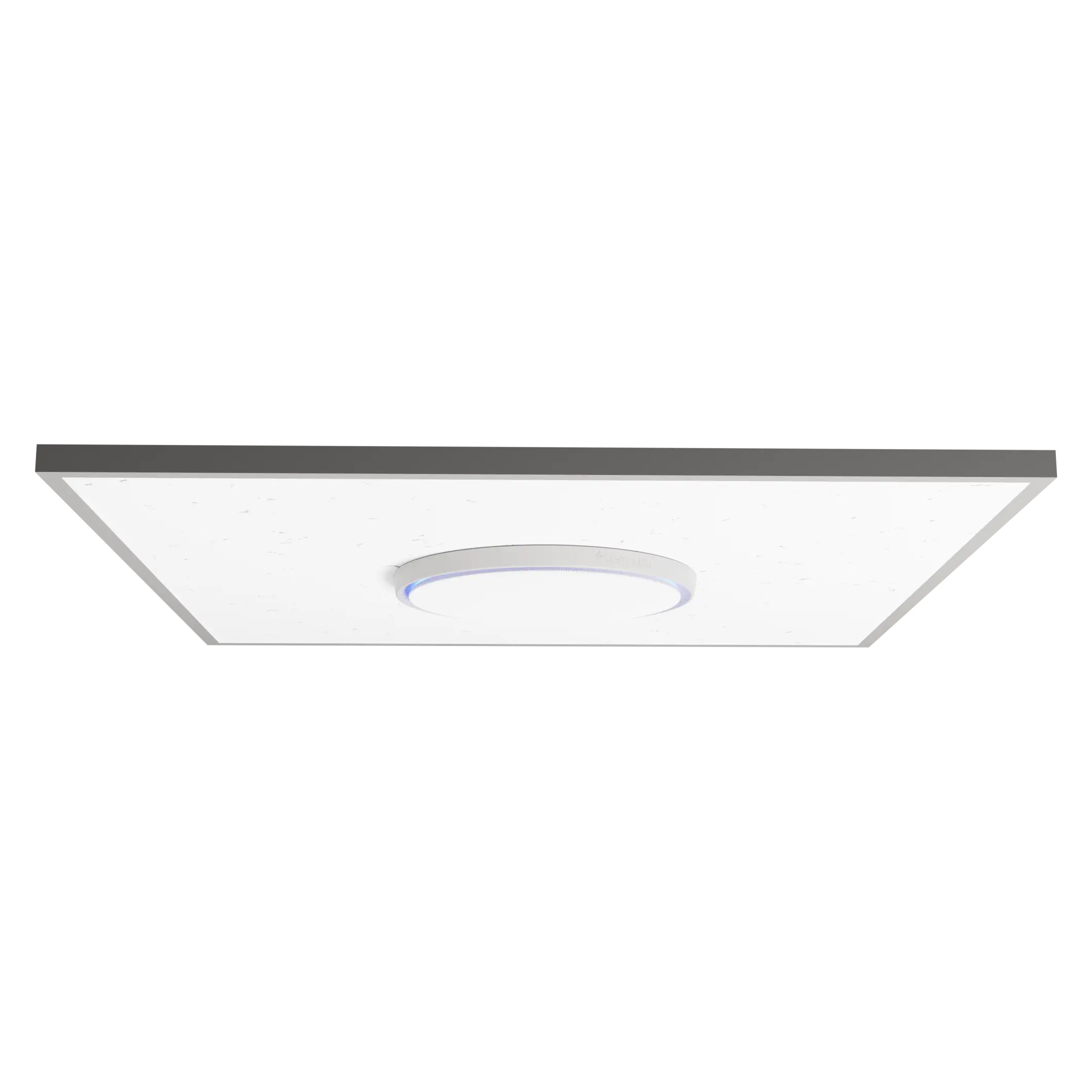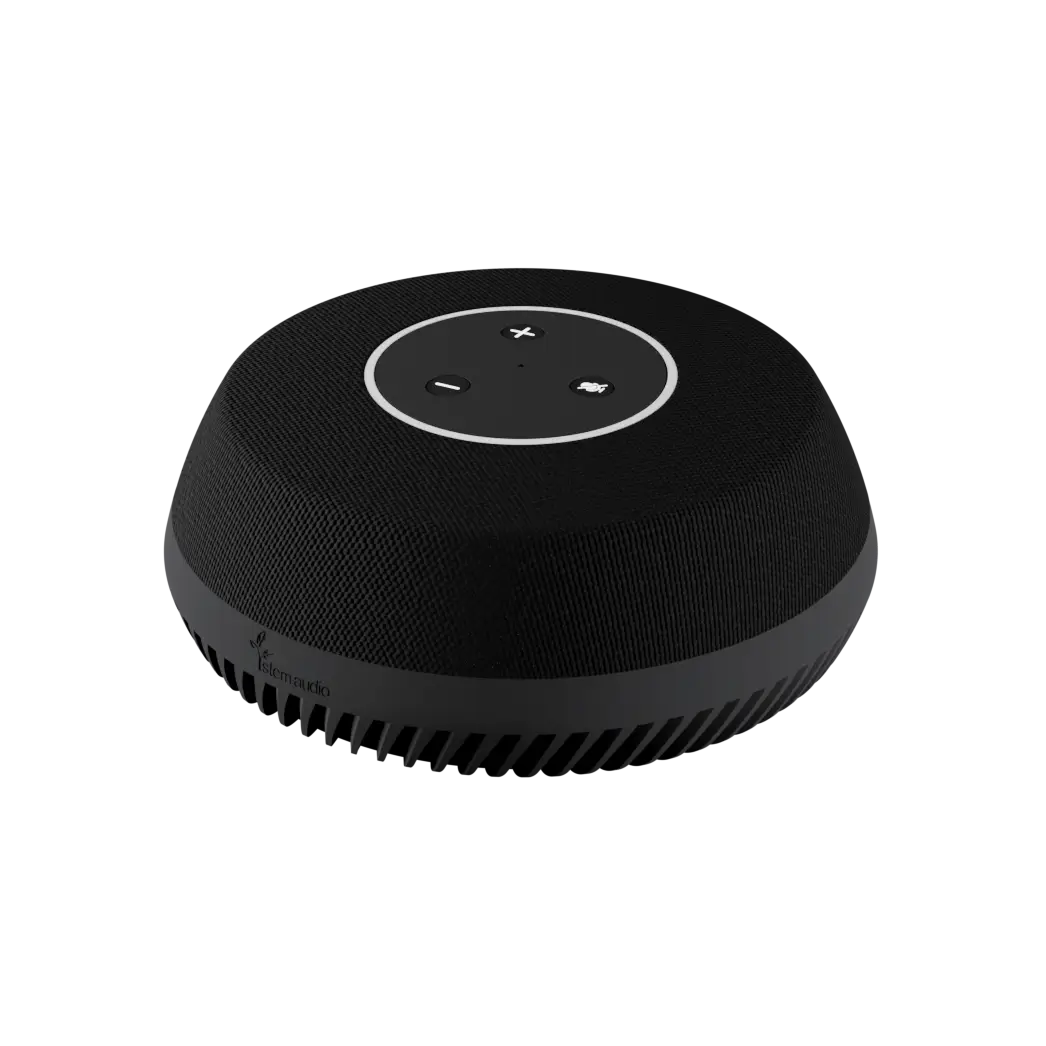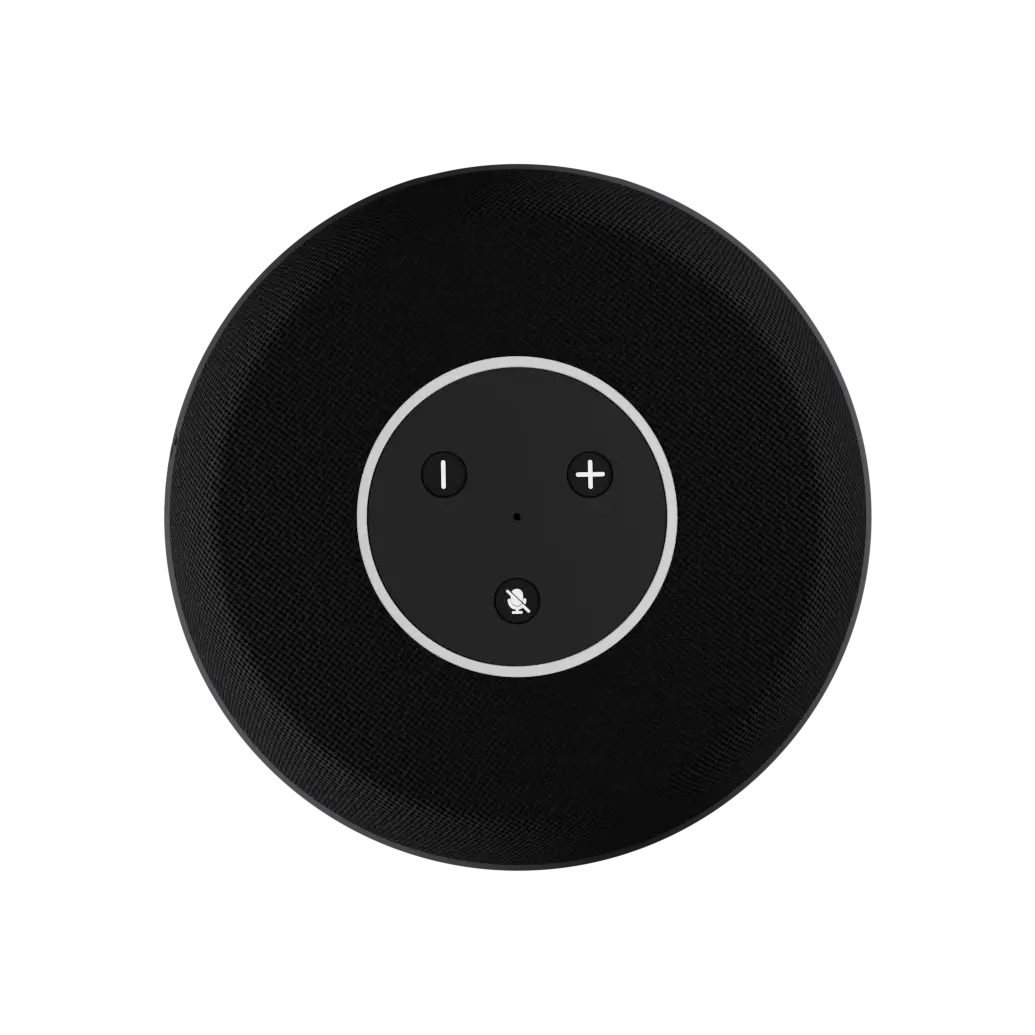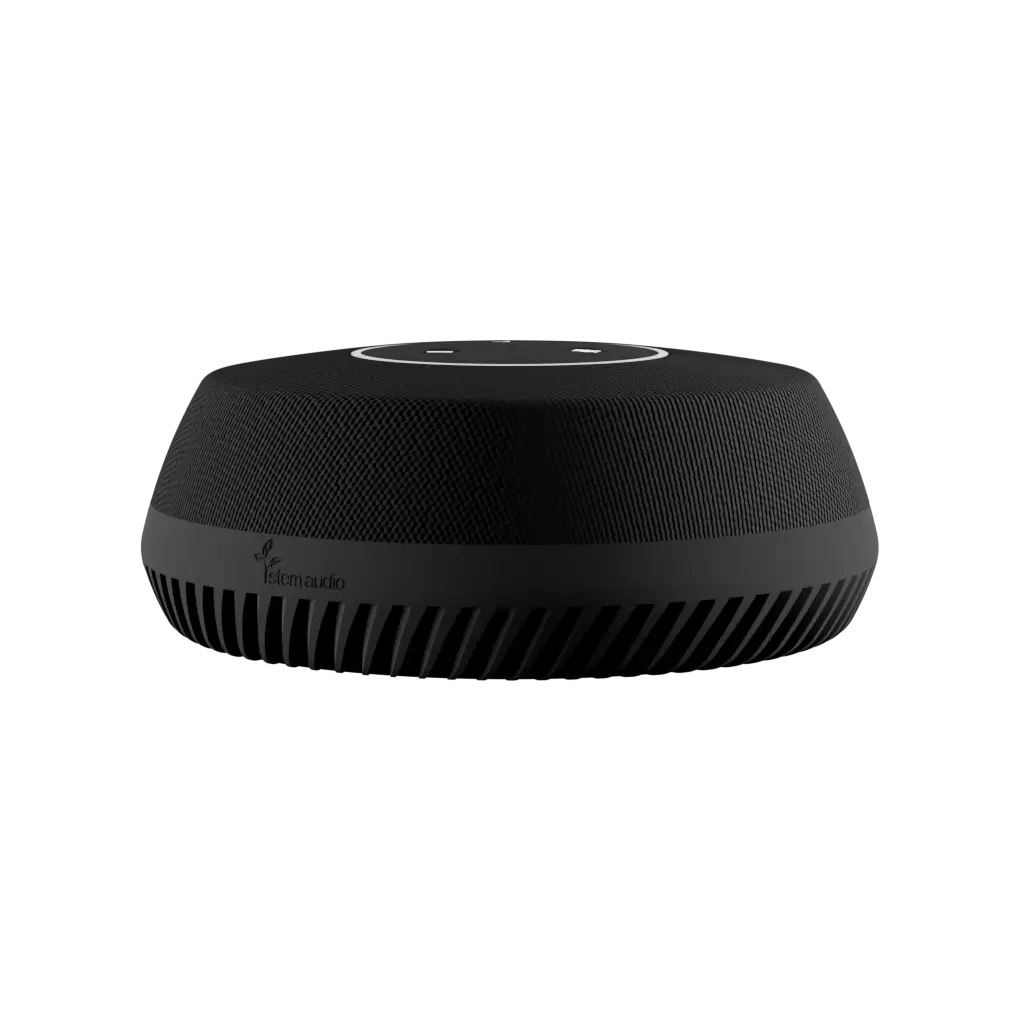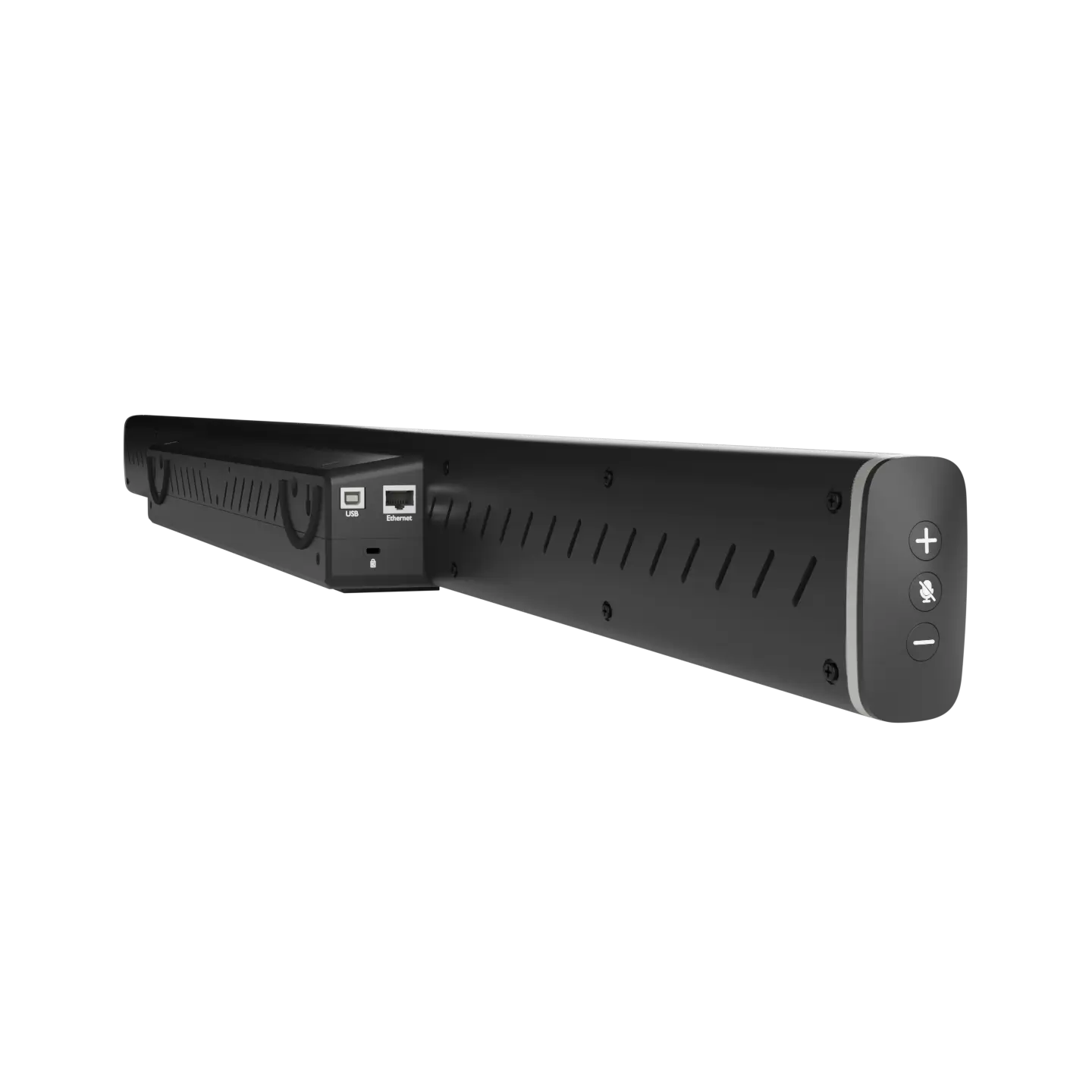How To Optimize Your Conference Room Setup With The Shure Stem Ecosystem

Despite a greater number of workplaces and schools permanently bringing their workers and students back into the workplace or schools, the power of video conferencing as a communication tool is accelerating its global adoption by organizations of all shapes and sizes. With its rising importance for solidifying deals, cementing agreements, and ensuring employees and peers can properly collaborate, it’s more important than ever to ensure your conference room setup is optimized for virtual meetings.
Of course, optimizing your conference room doesn’t just involve upgrading your audio visual technology. The optimization process involves a wide range of adjustments, from altering the furniture composition and positioning within the space to selecting the correct technological solutions for the room’s unique spatial and acoustical properties.
Why Optimize At All?

Most organizations that rent or own spaces already have designated collaboration spaces and conference rooms. Despite that designation, however, many of these collaborative spaces are sorely lacking in acoustic treatments, material, and furniture configurations that are conducive to creating a proper audio environment for effective communication.
This lack of optimization in the conference room setup can lead to consistent and distracting audio interruptions that negatively impact the clarity and impact of your conference calls. Glass walls may cause reverberation or echoes, flimsy furniture placed next to speakers may shake and vibrate, and poor furniture configurations can produce audio dead zones where participants will struggle to be heard.
Optimizing your conferencing space won’t just improve the quality of your calls, it will also help spread a perception of meeting equity - the ability for every stakeholder in the organization to participate in meetings equally - through the ranks of the organization. Also, at the end of the day, who really wants to hear members of your organization constantly ask each other to repeat themselves?
Technology Optimization

Upgrading your conference room technology is the first step in optimizing your room’s setup. Traditionally, conference room audio solutions were split between expensive and lengthy integrations and haphazard DIY solutions that broke down as often as they worked. Thankfully, solutions like Shure’s Stem Ecosystem allow you to take a middle path, where you get the benefits of a fully functional and professional quality conference audio system while still having the option to fully customize your setup.
The Stem Ecosystem is made up of four distinct audio endpoints - Table, Wall, Ceiling, and Speaker - that can be mixed and matched to create a web of pickup and audio transference that guarantees optimal vocal clarity. The Ecosystem comes with a suite of powerful software tools that facilitates speedy installation and can even compensate for some of the room’s acoustic quirks at the touch of a button.
Altering The Physical Makeup Of Your Room For Acoustics

While it’s usually too great an investment in time and resources to completely reconstruct your meeting spaces to facilitate virtual meetings, you can make some smaller commitments that will significantly improve sound quality. Depending on the makeup, size, and shape of your room, you may need to put one or more into practice for the best results.
Treating a modern conference room often means reducing the acoustic effects of exposed hard materials like glass and metal, which cause feedback, reverb, and vibration in the audio pickup. A simple fix that retains the majority of the aesthetic of the room is the installation of heavy curtains that can be drawn over the exposed hard surfaces. This significantly dampens the effect of sound waves being reflected by hard surfaces, which will likely improve your call quality.
Another easy fix is adjusting the room’s furniture configuration. By moving furniture closer to or away from speakers and microphones, you can adjust the room’s relevant acoustics - the hard surfaces that reflect sound being moved can significantly alter the quality being picked up and transmitted by your devices.
Microphone Placement Strategy

Another low-cost optimization tactic is mapping out your microphone placement. If you’ve ever had a call in a poorly optimized conference room, you know that there are often large areas of space where microphones and speakerphones will simply not pick up participants’ voices, otherwise known as ‘dead zones’.
While previous audio systems involved a significant amount of guesswork when it came to the pickup zone of each microphone, the Stem Ecosystem provides you with a number of handy tools both before and after you put in your order. The RoomDesign tool allows you to digitally recreate your conference space, complete with furniture, and place Stem audio devices around the room. The application will provide you with an estimated audio pickup and transference zone, which gives you a rough estimate of what areas will be covered in the current microphone and speaker placement.
Once you receive your order and install your ecosystem, you can use the RoomCheck tool in the Stem Ecosystem OS to check the real-life coverage of your audio ecosystem. The tool will project a heatmap of the pickup zones onto your digitally recreated room, telling you where any potential dead zones are located. This allows you to either change up the microphone placement or seating arrangement to ensure every voice in a meeting is heard.
Best Practices for Optimizing Audio in a Conference Room Checklist:
To achieve optimal audio quality in your conference room, follow each step contained in the following checklist:
- Strategic microphone placement: use the RoomCheck tool in the Stem Ecosystem OS to see where deadzones may be located and adjust accordingly
- Acoustic treatment: Incorporate appropriate acoustic treatment to minimize echo, reverberation, and background noise.
- Furniture Arrangement: Once you’ve determined the possible deadzones in your conferencing space, rearrange your furniture to ensure participants won’t struggle just to be heard while using the room for typical use.
- Regular maintenance and updates: Ensure all Stem devices are properly maintained and updated with the latest firmware to maximize performance and address potential issues.
- Test and calibrate: Use the Stem Ecosystem software tools, including RoomAdapt and RoomCheck, to ensure the devices are properly calibrated to the room and remain in optimal positions.
By following these steps, you will be able to improve the sound quality of your virtual meetings significantly. With well-optimized hybrid meeting spaces, you will be able to get the most out of each and every meeting, significantly improving the efficiency of your workplace communications and even increasing revenue through better customer or client relationships.
If you’re interested in optimizing your virtual meetings through improved technology, check out Shure’s Stem Ecosystem here.


